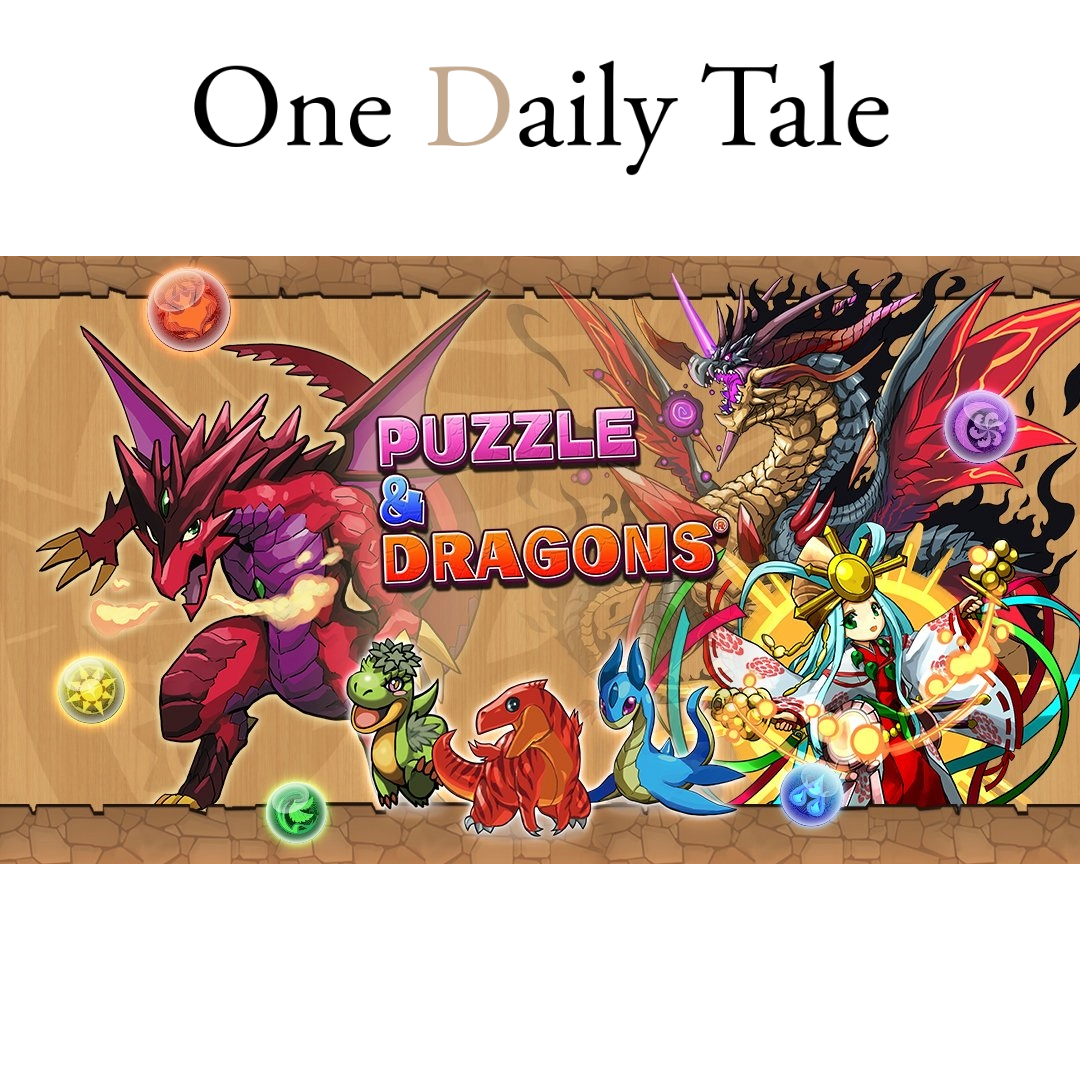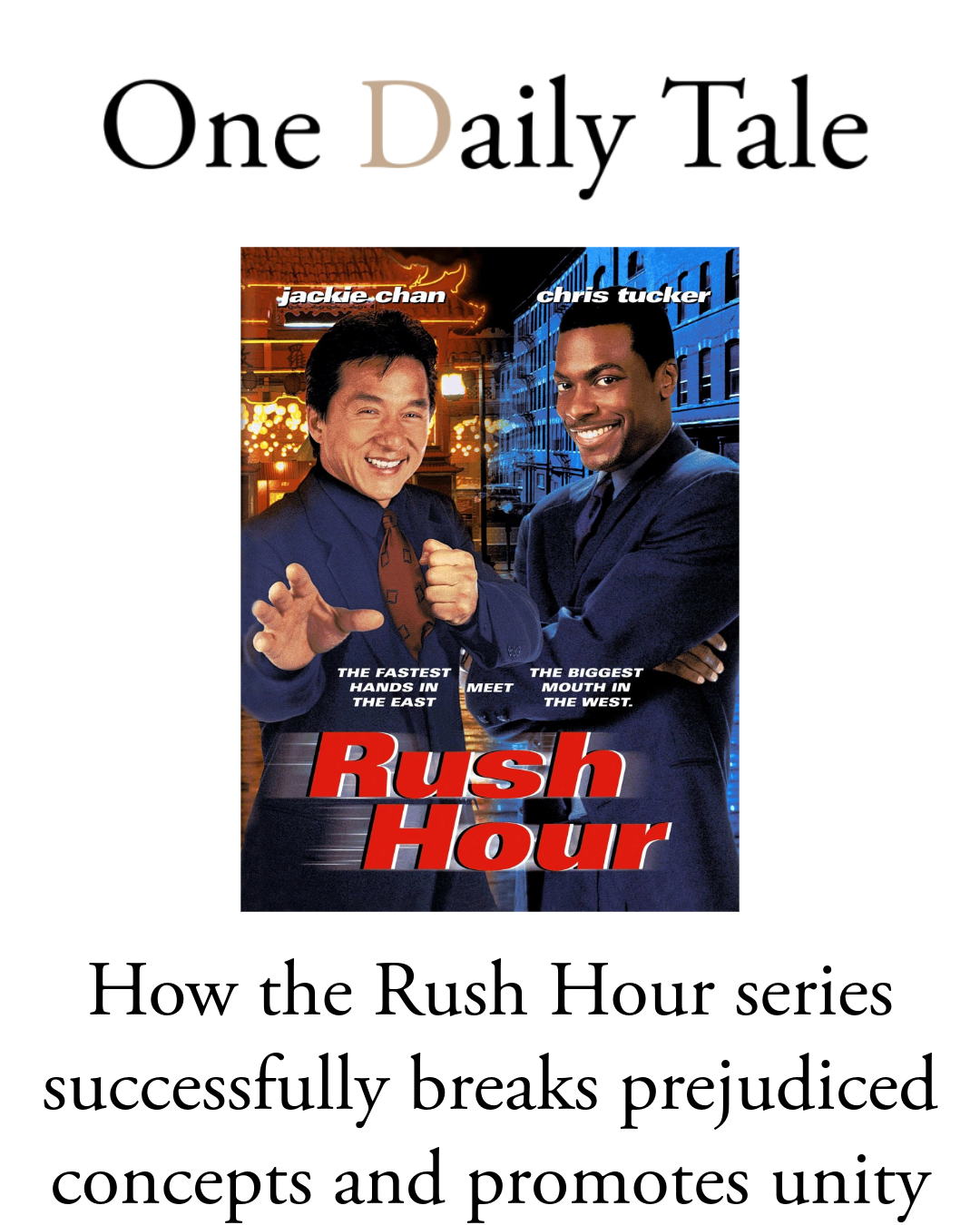I started playing Puzzle and Dragons in 2014, during my first year in Japan on a working holiday visa. While I’ve genuinely enjoyed the game for years, I recently decided it was time to stop. After reflecting on my habits, I realized I could better use my time—even just a few minutes daily—for more meaningful activities.

Puzzle and Dragons pioneered a groundbreaking mechanic in mobile gaming: the gacha system. The term “gacha” originates from Gachapon, Japanese capsule toy machines where you pay a small amount—typically 100 to 500 yen (about 1.5 to 7.5 euros or dollars)—for a random prize. This randomness mirrors the mechanics of slot machines, and it’s no coincidence that such systems are highly addictive. Our brains crave novelty, and the possibility of receiving a coveted reward, whether it’s a rare Gachapon toy, a powerful character in a gacha game, or the jackpot on a slot machine, keeps us coming back for more.

The Role of FOMO in Mobile Gaming
I’ve always been a free-to-play (F2P) player in Puzzle and Dragons, meaning I never spent real money. However, these games don’t solely rely on financial transactions; they exploit our fear of missing out (FOMO). Seasonal or one-time events, like New Year celebrations, Valentine’s Day, or limited-edition Summer Swimsuit characters, create urgency. If you miss the event, the opportunity vanishes.
For those unfamiliar, it might seem trivial to feel strongly about missing out on virtual rewards in a game. Yet, the mechanism is surprisingly similar to the endless scrolling on social media. As I mentioned in a previous reflection on Final Fantasy XIV, it was hard to quit due to the immense time I had invested. But as I began reflecting on my habits, it became easier to let go of these addictive behaviors that no longer served me.
Why Understanding Addiction Matters
It’s crucial to shed light on how games and social media hijack our brains, making us more susceptible to addiction. This awareness is particularly important for children, whose brains are still developing (our brains aren’t fully mature until around age 25–30).
This isn’t about fearing new technologies; when used wisely, they can be immensely beneficial. Social media, for example, has the potential to spread important information and connect people. However, we also know its darker side, particularly the dopamine release linked to mindless scrolling. As Andrew Huberman frequently emphasizes, dopamine released without any prior effort—like in gacha games, alcohol, gambling, or pornography—tends to foster addictive behaviors.
Time and Mortality: A Call for Reflection
Our mortality provides a finite timeframe to accomplish what truly matters. How we choose to spend our time is ultimately our responsibility. At life’s end, many people regret not spending more quality time with loved ones—family, children, and friends. Increasingly, people may also come to regret the hours spent on their phones and social media.
By becoming more self-aware, we can recognize that many tools, substances, and systems are intentionally designed to foster addiction, often prioritizing profit over well-being. This growing awareness underscores the need for societal changes that prioritize wellness over exploitation.
What about you? Have you ever struggled to quit a game or a social media platform? How did you overcome it—or what’s holding you back? Share your thoughts below!










Leave a Reply